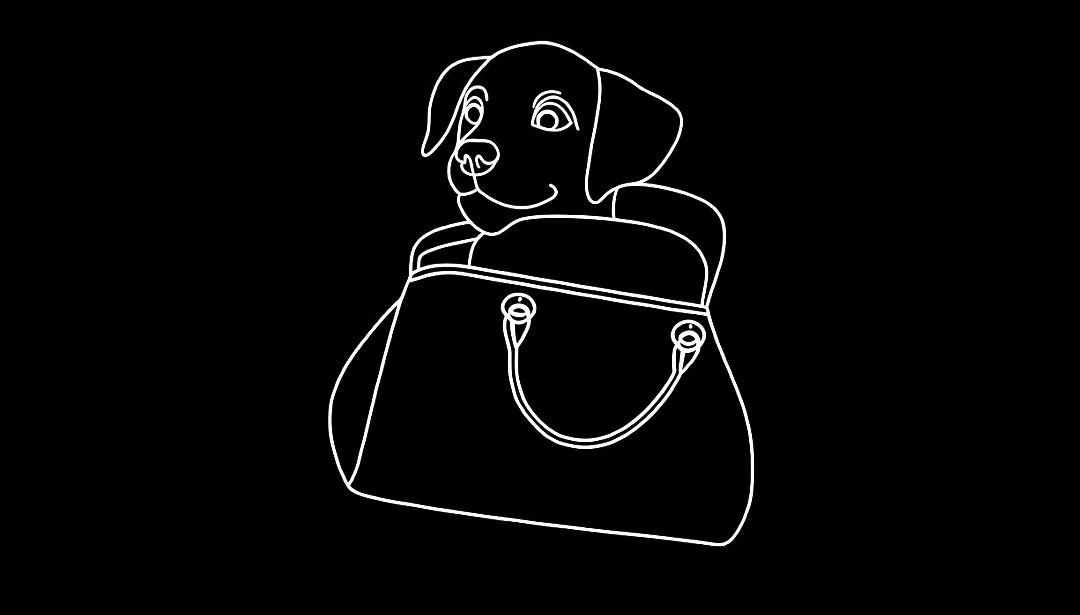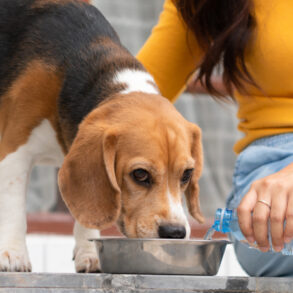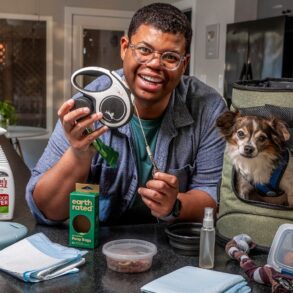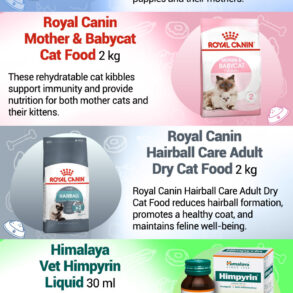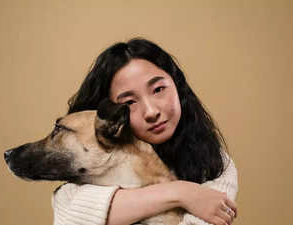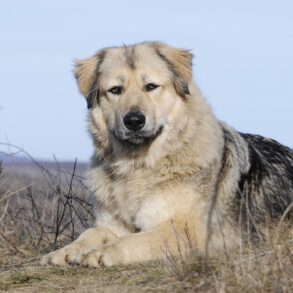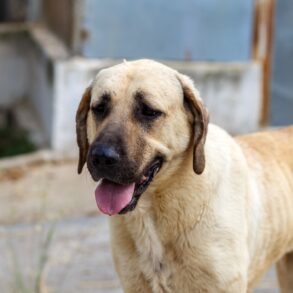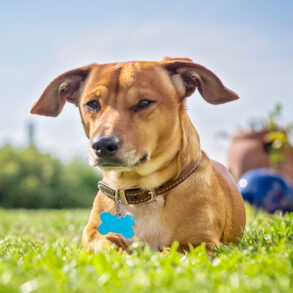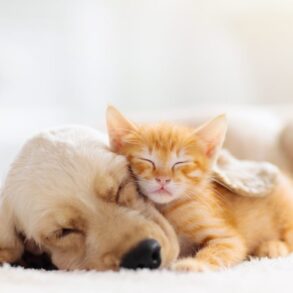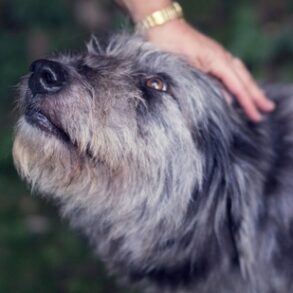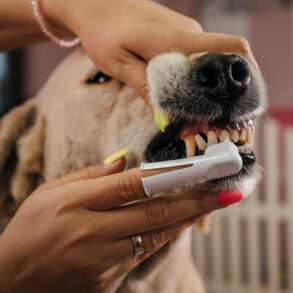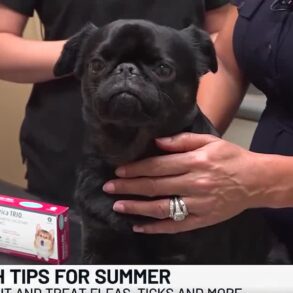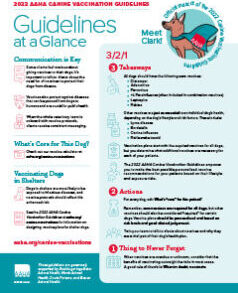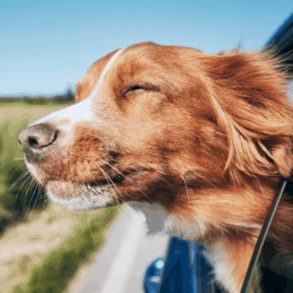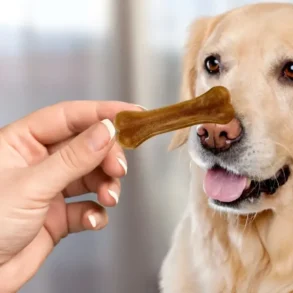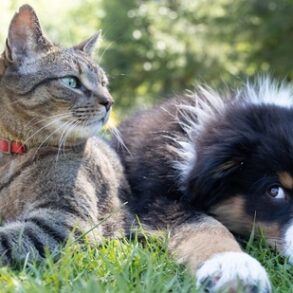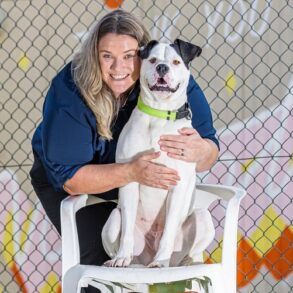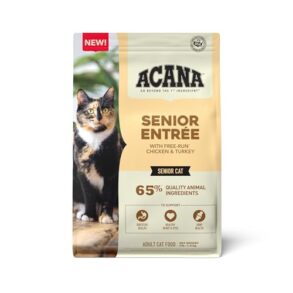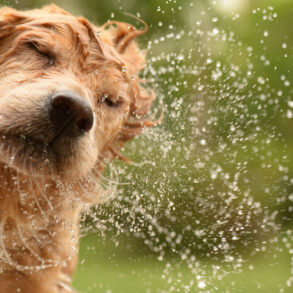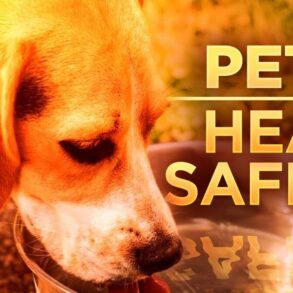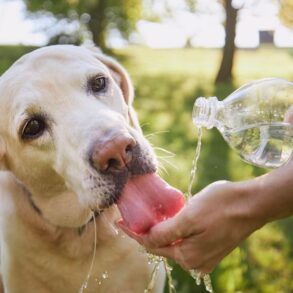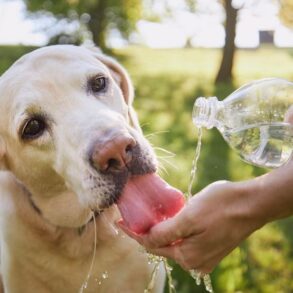Dehydration, loss of appetite, and always resting in a cool spot at home — do you observe these traits in your pet? These are clear signs that your furry (or feathered) friend is trying to cope with the heat, and it’s time for you to lend a helping hand.
To better understand how to care for our animal companions in rising temperatures, we sat down with Dr Priya Govind, a Chennai-based veterinarian, to learn how summer affects dogs, cats, and birds — and what pet parents can do to keep them safe and comfortable.
Dogs, cats, and birds all have different ways of handling high temperatures. Here are some simple ways to make them more comfortable this summer.
Walk them when it’s cool
Always take your pet for walks either early in the morning, late in the evening, or at night once the surface has cooled down. This can help prevent painful paw burns, which are common when pets walk over hot pavements. It’s always a good idea to limit outdoor time during summers.
“Using paw butter with CBD in it can help. After their usual walk, applying the paw butter and giving your pet a brief massage can prevent paw burns,” says Dr Priya.
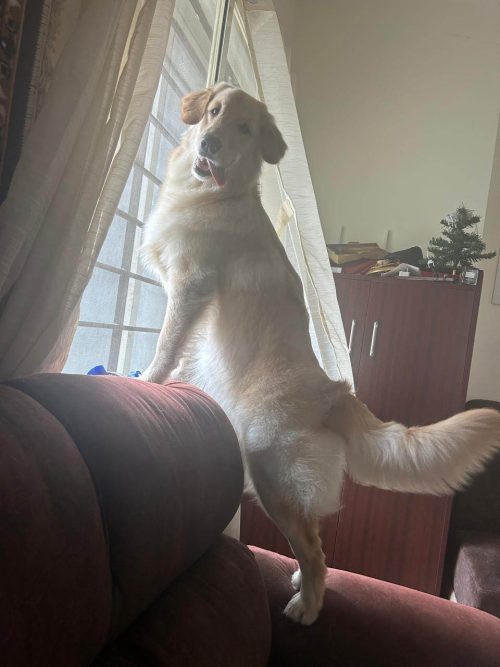
Keep them hydrated
Always ensure there is plenty of fresh water available in your dog or cat’s water dish. Feeding them fruit with high water content can also help support hydration.
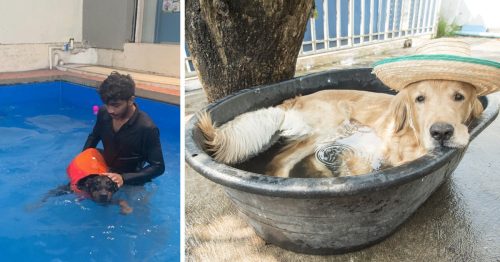
“Fruit juices, buttermilk (without salt), frozen pet-friendly food and chicken and vegetable broths can be given in generous quantities. These dishes keep them hydrated and healthy,” Dr Priya explains.
Guard against fleas and ticks
Summer is flea and tick season, especially for dogs and cats.
“There are many medicines available to tackle fleas and ticks, but it’s always best to consult your veterinarian before administering anything,” advises Dr Priya. She adds that based on the health status of your pet, medicines, syrups, and shampoos can be used.
Veterinarians also warn against self-medicating based on advice from pet store staff or pharmacists, which can lead to complications.
Brush them regularly
Dr Priya shares that shedding is inevitable in all seasons. The intensity varies from breed to breed.
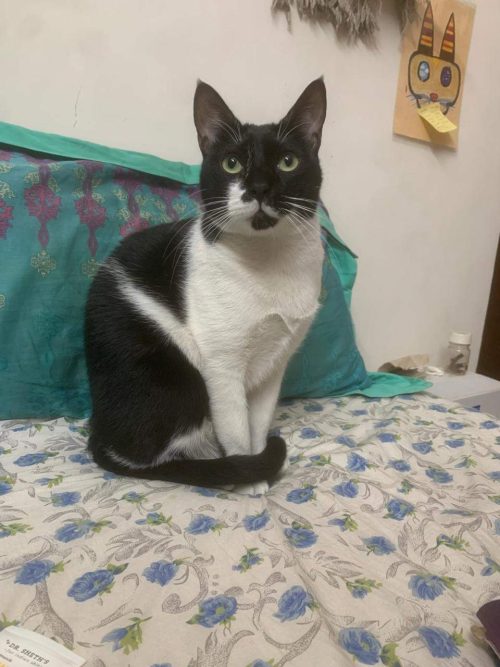
“Managing shedding in dogs and cats can be challenging in summer,” she says. “Sitting down with your pet and brushing their coat can help control shedding, increase blood circulation, check for fleas and ticks, and also help in creating a bond with them.”
Never leave them alone in a closed car
Always ensure the car window is slightly open for air circulation when your pet is inside. Without airflow or proper air conditioning, pets are at risk of heat stroke, dehydration, and, in extreme cases, even death.
However, Dr Priya strongly advises against taking pets on car rides during summer unless absolutely necessary.
Bird care
Birds require slightly different care compared to dogs and cats, especially in the summer. Dr Priya says that birds are vulnerable to the smallest change in temperature.
“Including probiotics in their diet and adding B-complex vitamins to their food or water will help them tackle the heat. Exposing your birds to early morning sunlight is good; however, for the rest of the day, it’s always better to keep them indoors,” she explains.
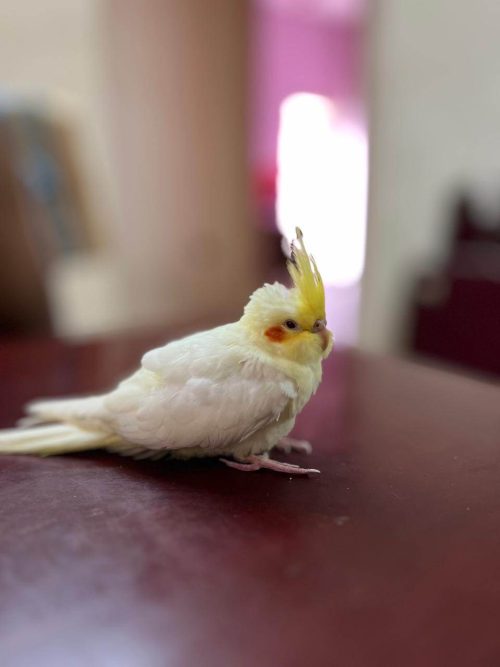
Summer can be a huge challenge for our furry and feathered friends, but some simple routines can help them cope with the heat. Here are some do’s and don’ts for you and your pet.
Do’s
- Add plenty of fresh fruits and fluids to their diet.
- Brush their fur regularly.
- Watch for symptoms like excessive panting, dry eyes, sticky saliva, or high body temperature. If any of these are observed, take your pet to the veterinarian immediately, as they may be suffering from heatstroke.
- If your pet shows signs of heatstroke, cool them at home first. For dogs, place an ice pack on the tummy; for cats, wrap them in a cool towel before heading to the clinic.
- Use paw butter regularly. If your pet is comfortable wearing shoes or socks, you can use them during walks.
- Vaccinate your puppy for parvovirus, as puppies are more susceptible to it during summer.
Dont’s
- Avoid exposing pets to direct sunlight. Reschedule walk time for pets to early mornings or late evenings.
- Plan your pet’s pregnancies carefully, and avoid deliveries during summer, as it can be uncomfortable for both the mother and babies.
- Refrain from adopting or buying breeds like Siberian Huskies or Saint Bernards, as they usually struggle to cope with the heat in the plains.
- Consult your veterinarian before administering medicines for fleas or ticks.
Edited by Khushi Arora
This post was originally published on this site be sure to check out more of their content.
